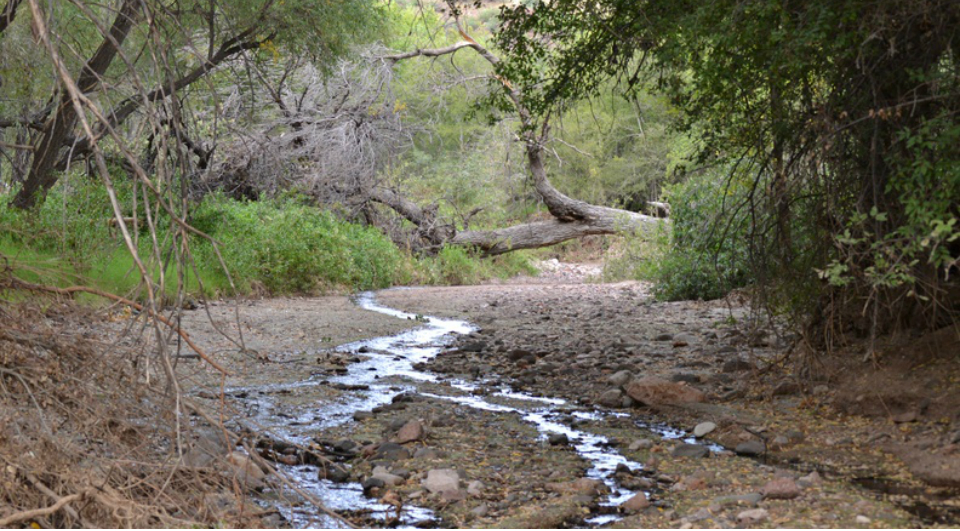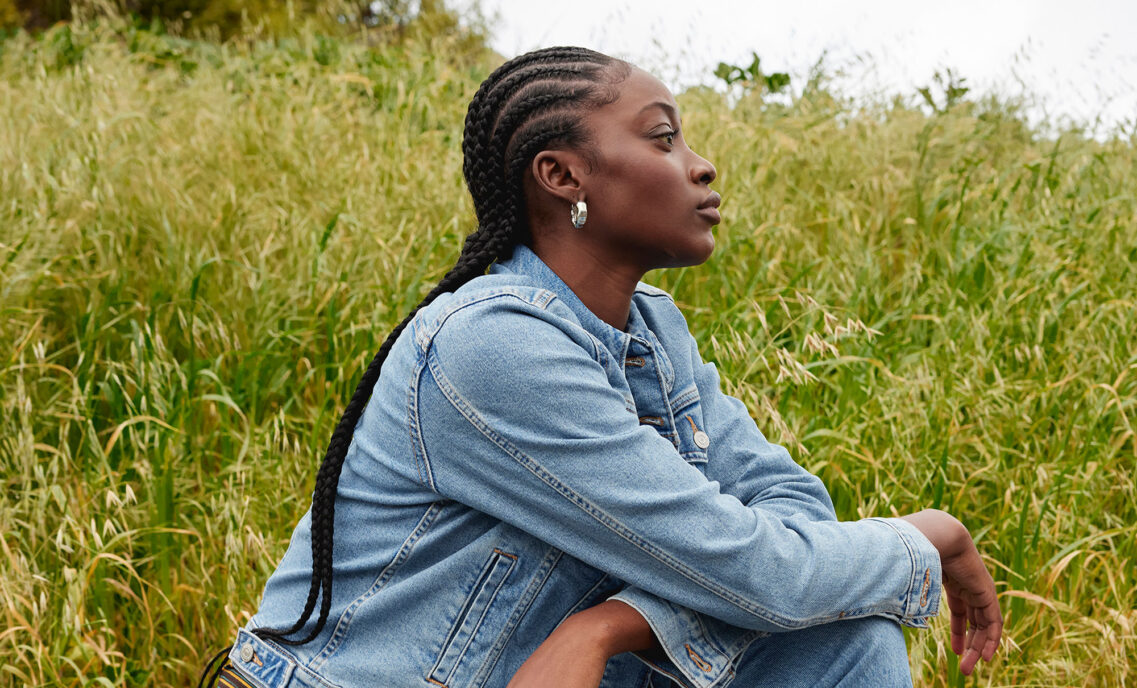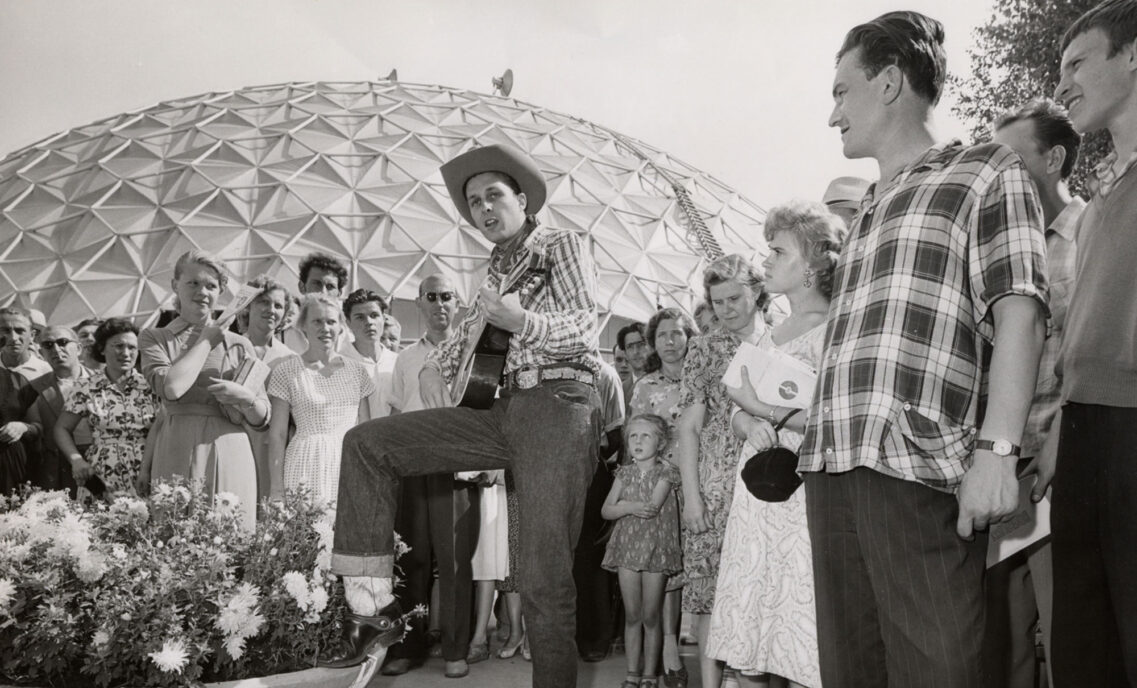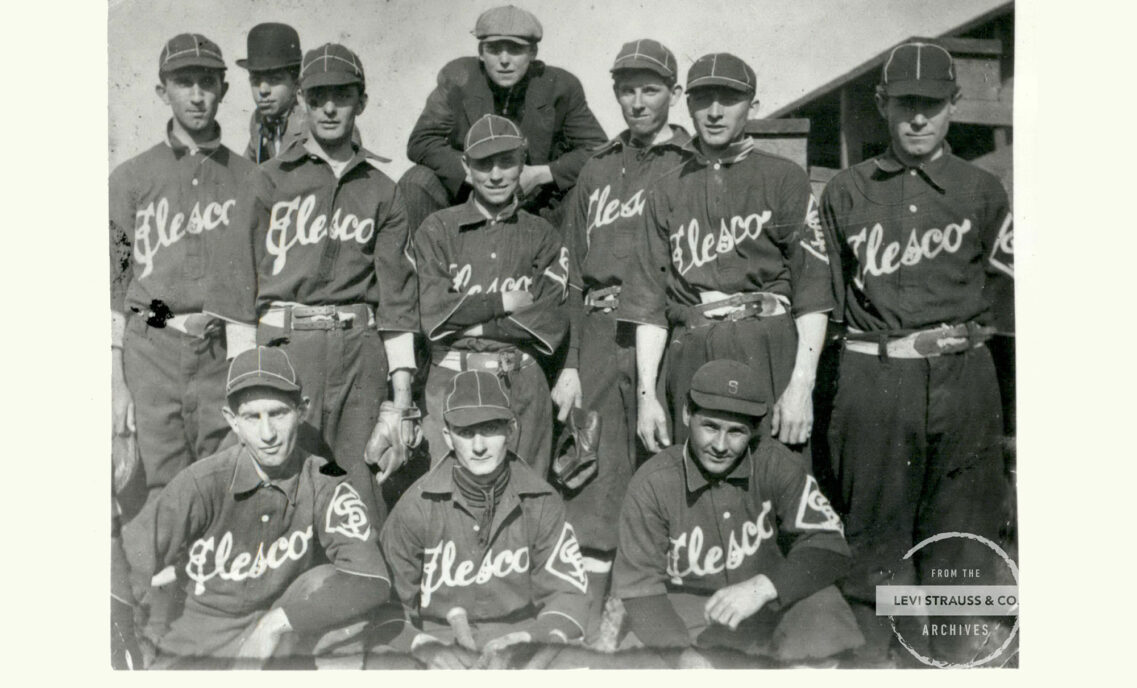It all started with a Mexican spotted owl and an old tree. Twenty-six years ago, a group of activists went up against big timber and the Forest Service to protect the rare owl’s habitat from destruction – and won. With that, the Center for Biological Diversity (CBD) was born. CBD has been tracking and protecting animals threatened by human activity ever since. The organization relies upon policy advocacy, petitions, lawsuits and creative media to make change, and has protected hundreds of species and thousands of acres of critical habitat in the process. Behind these feats is a team of more than 100 people in offices across the country and more than 900,000 members and online activists help raise awareness for the cause.
In a new project, CBD launched the Don’t Be A Drip campaign with support from Levi Strauss & Co. to raise awareness of how individual water consumption affects endangered species. The campaign breaks down the more than 27 billion gallons of water dripping through U.S. households every day to expose water waste.
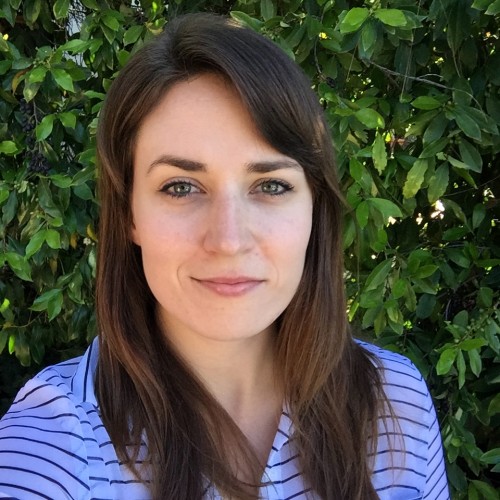 One of the main researchers for this campaign is Greer Ryan, CBD’s sustainability research associate. For Greer, the decision to take action in defending the world’s critically endangered animals and plants was clear. A lifelong love of animals and the great outdoors, coupled with an eye-opening high school environmental science class, helped her connect the dots as to how she could protect wildlife and wild places.
One of the main researchers for this campaign is Greer Ryan, CBD’s sustainability research associate. For Greer, the decision to take action in defending the world’s critically endangered animals and plants was clear. A lifelong love of animals and the great outdoors, coupled with an eye-opening high school environmental science class, helped her connect the dots as to how she could protect wildlife and wild places.
Greer took us behind the scenes to share more about her work at CBD, the research she conducted for the Don’t Be A Drip campaign, and what animal she saves water for.
Can you tell us more about the work you do at CBD?
I provide research support to CBD’s Population and Sustainability Program. The research strengthens our campaigns that raise awareness about how human population and the resources we consume – such as water, energy, and food – impact wildlife and wild places.
What’s one surprising thing you learned while doing research for the “Don’t Be A Drip” project?
I was really surprised by how much communication is lacking in regards to where our water comes from. In researching water sources for different counties, I quickly realized the source of our water is not always clear! There needs to be more of a connection between the water we use and where it comes from because right now it can be hard to figure out even for a trained researcher.
In California, for instance, a major water source is the Sacramento-San Joaquin Bay Delta region in Northern California. It services the Bay Area and lots of communities throughout Northern California, but people don’t realize its water is also transported all the way down to Los Angeles, and is California’s number one source of water.
A lot of water is lost in transport over far distances and a lot of energy is required to transport, treat, and, in the case of groundwater, extract the water. There are tons of hidden costs in water systems. The financial and environmental costs, from having to build the infrastructure to managing all these different complicated systems, ultimately are wasted – just like the fresh water that we’re transporting in the first place.
When it comes to protecting biological diversity, how does research like yours help create change?
Much of the information out there right now is biased by industry or business interests. Our research (and our challenge!) is parsing through the myriad of information available. It’s really important to get honest, relevant, and engaging information out there – the pieces of information that can help drive policy change in a positive direction and help people rethink the way we’re living our lives, especially in relation to natural resources. My favorite part of conducting this research is that we were able to translate this information into something that’s creative and fun to try to engage people in this topic.
This kind of research helps us strengthen the more creative campaigns that we do, like the Don’t Be A Drip campaign, that really push for individual action as well as larger policy improvements.
What animal do you want to save water for?
I save water for all species impacted by drought. But more specifically, as a Los Angeles resident, I save water for the Chinook salmon, which is already on the brink of extinction in the Sacramento-San Joaquin Bay Delta region. As we pump water out of the Delta, we kill salmon both directly at the pumps and by destroying their Delta ecosystem habitat. By conserving water, we can help to protect our environment rather than destroy it by adding additional pressure to this very limited water source.
What’s your favorite part of working at CBD?
Everyone around me is similarly passionate about the work we do, which feels special. And everybody has such a cool job, from the people who get to engage with our members and help garner support for us, to the lawyers at the Climate Law Institute who work on unique and innovative environmental cases such as natural gas extraction work to protecting amphibians from toxins. I feel so lucky to be able to contribute to a cause that I care so much about.
Like this story?
Sign up for the Unzipped newsletter to get the best of the Unzipped blog — company news and views, employee profiles, innovation and sustainability stories, behind-the-scenes and Archives highlights — sent straight to your inbox weekly.



